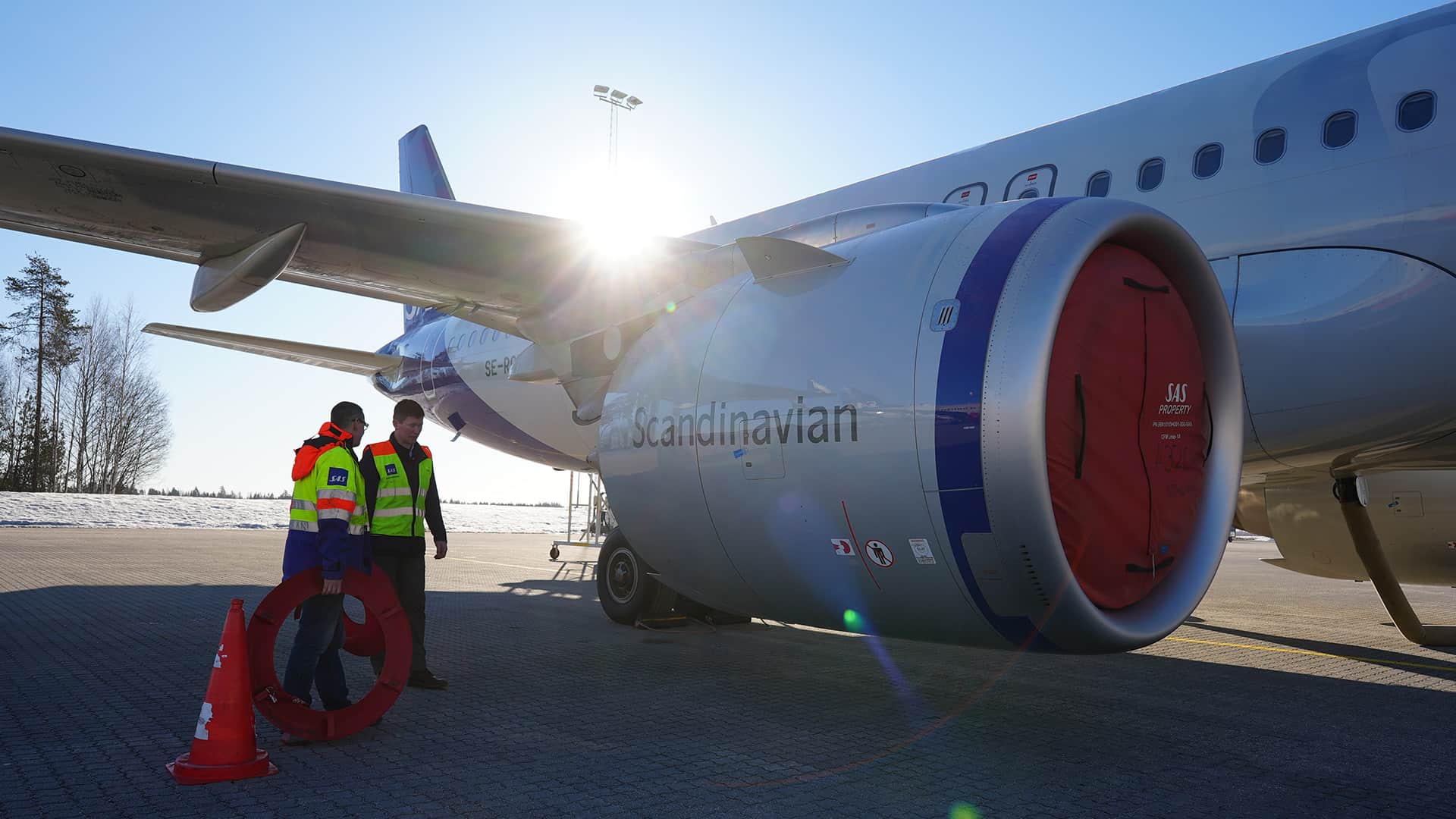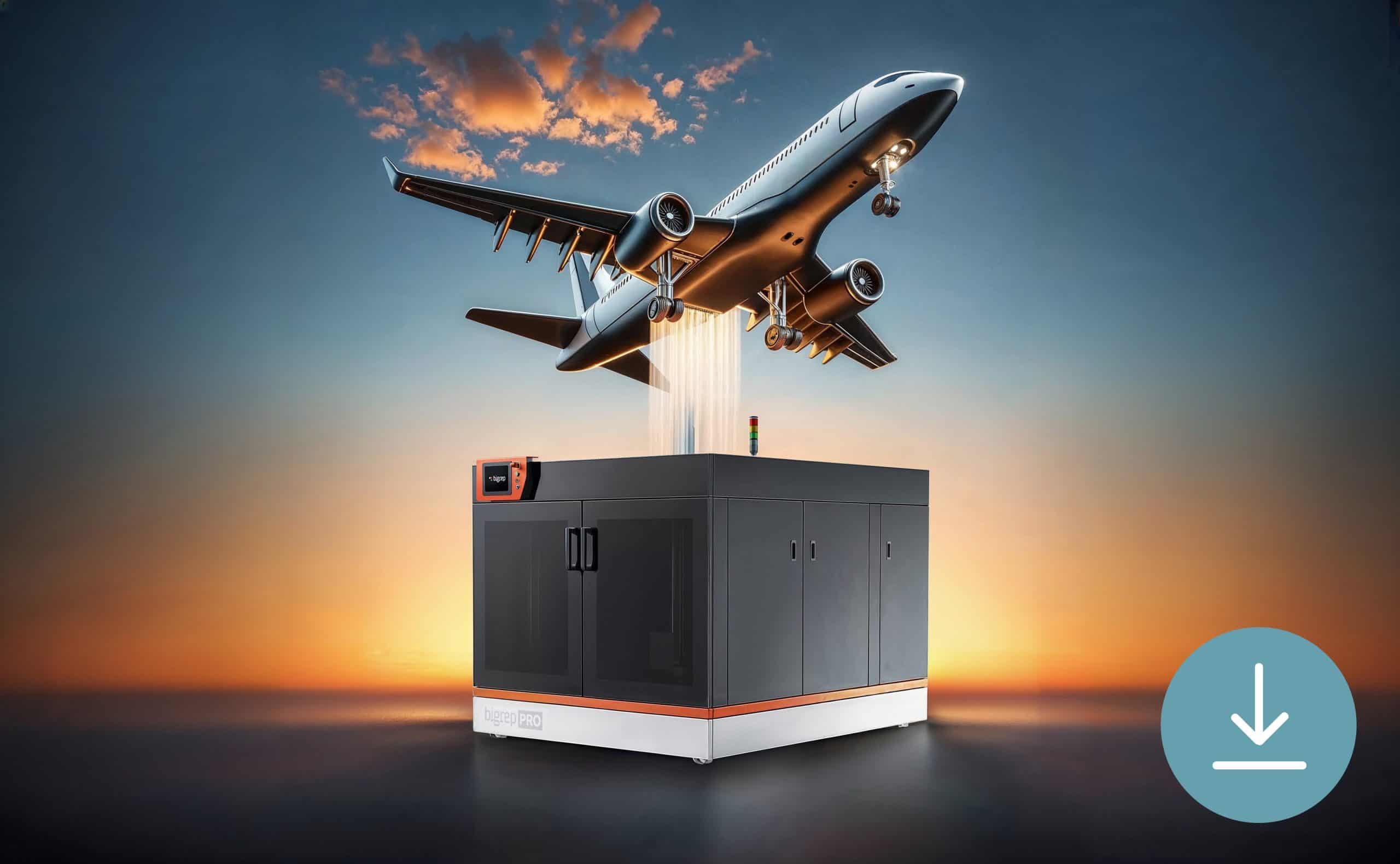A broken or defective part could mean a reduction or even a total halt in production while waiting for the replacement to arrive – an expensive inconvenience for manufacturers.
One of the areas where 3D printing has been most disruptive is in the fabrication of temporary spare parts. These printed components can often meet functional requirements until a longer-lasting solution can be sourced or produced. This allows industries to continue production, which increases machinery uptime and minimizes supply-chain uncertainties.
In this article, we'll examine some common challenges for aerospace, defense, and industrial manufacturers, and how 3D-printed temporary solutions enable a more seamless production workflow.
1. Emergency Repairs
Imagine the scenario: You’re an industrial manufacturer relying on a machine to complete a lucrative contract for a client. Suddenly, a crucial part of the machine breaks, and production grinds to a halt.
If the replacement part isn’t at hand, you’d have to contact external suppliers for troubleshooting, components, or services. Inevitably, the time spent waiting for the part to arrive introduces an element of uncertainty into what is already a stressful situation, with an added layer of potential delays and costs.
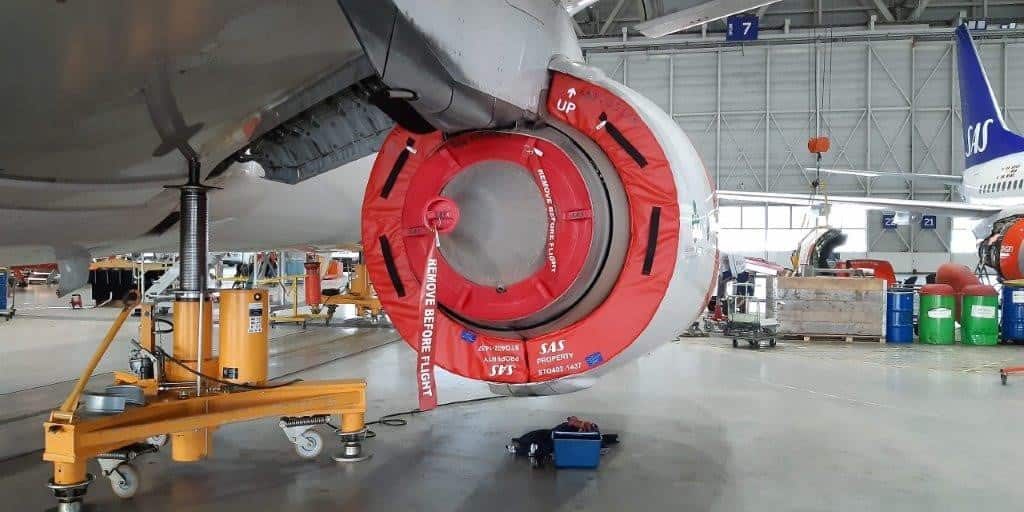
Why 3D Printing is a Solution
With the introduction of an in-house 3D printer, on-demand production gives industrial manufacturers the ability to produce temporary spare parts or tooling as and when required, which buffers the wait time. The range of high-performance industrial-grade 3D print materials ensures the temporary spare parts are strong enough to bear the loads and stresses until the replacement part can be sourced.
3D printers such as the BigRep PRO enable aerospace and defense manufacturers to print with engineering-grade materials, such as carbon fiber reinforced polymers, and high-performance materials like flame-retardant Polyetherketoneketone (PEKK). These materials are better suited for parts that endure fluctuations in temperature or operational stress.
2. Unavailable Spare Parts
A spare part might be inaccessible for a number of reasons. For example, it could be out of stock or it may no longer be in production. In situations where defense or aerospace manufacturers are operating in remote locations or are deployed in field operations, they could be out of reach of the traditional supply chains.
In these scenarios, the manufacturer's hands are tied, with no immediate solution to getting that all-important spare part installed to get production back up and running.

Why 3D Printing is a Solution
A spare part might be inaccessible for a number of reasons. For example, it could be out of stock or it may no longer be in production. In situations where defense or aerospace manufacturers are operating in remote locations or are deployed in field operations, they could be out of reach of the traditional supply chains.
In these scenarios, the manufacturer's hands are tied, with no immediate solution to getting that all-important spare part installed to get production back up and running.
3. Surrogate Parts for Training
The production timeline of complex machinery might be long and at times operators might require training to handle it. Stand-in parts replicating the original designs are needed for training before the final assembly arrives so the operations can start without delay. This scenario often arises in the aerospace industry where complicated equipment is often used and time is a crucial factor given the testing, validating, and certification process of the tightly regulated sector.

Why 3D Printing is a Solution
By fabricating components, these stand-in parts offer employees a hands-on approach to familiarize themselves with the procedures and intricacies of the final machinery. This ensures operators are well versed in the assembly and servicing of the machines and allows manufacturers to accurately implement operation timelines.
Several government aerospace agencies have successfully integrated 3D printing into their operations training programs, a fact that underlines the unique advantages associated with AM. Industrial manufacturers can also leverage 3D-printed surrogate parts for a smoother workflow transition ensuring employees are brought up to speed with potentially complex operations.
Advantages of 3D-Printed Temporary Spare Parts
1. Minimized Disruption in the Production Process
3D printing spare parts on-demand addresses equipment breakdowns or component failures immediately. Defective components can be swiftly replaced, reducing downtime and enhancing operational efficiency.
One of 3D printing’s biggest strengths, quick design iterations, allows for the customization of parts to meet specific requirements, ensuring optimal performance and compatibility. This in-house solution streamlines the production timeline by decreasing the wait time for the original part to arrive, enabling industrial, aerospace, and defense industries to meet their typically tight schedules and customer demands more effectively.

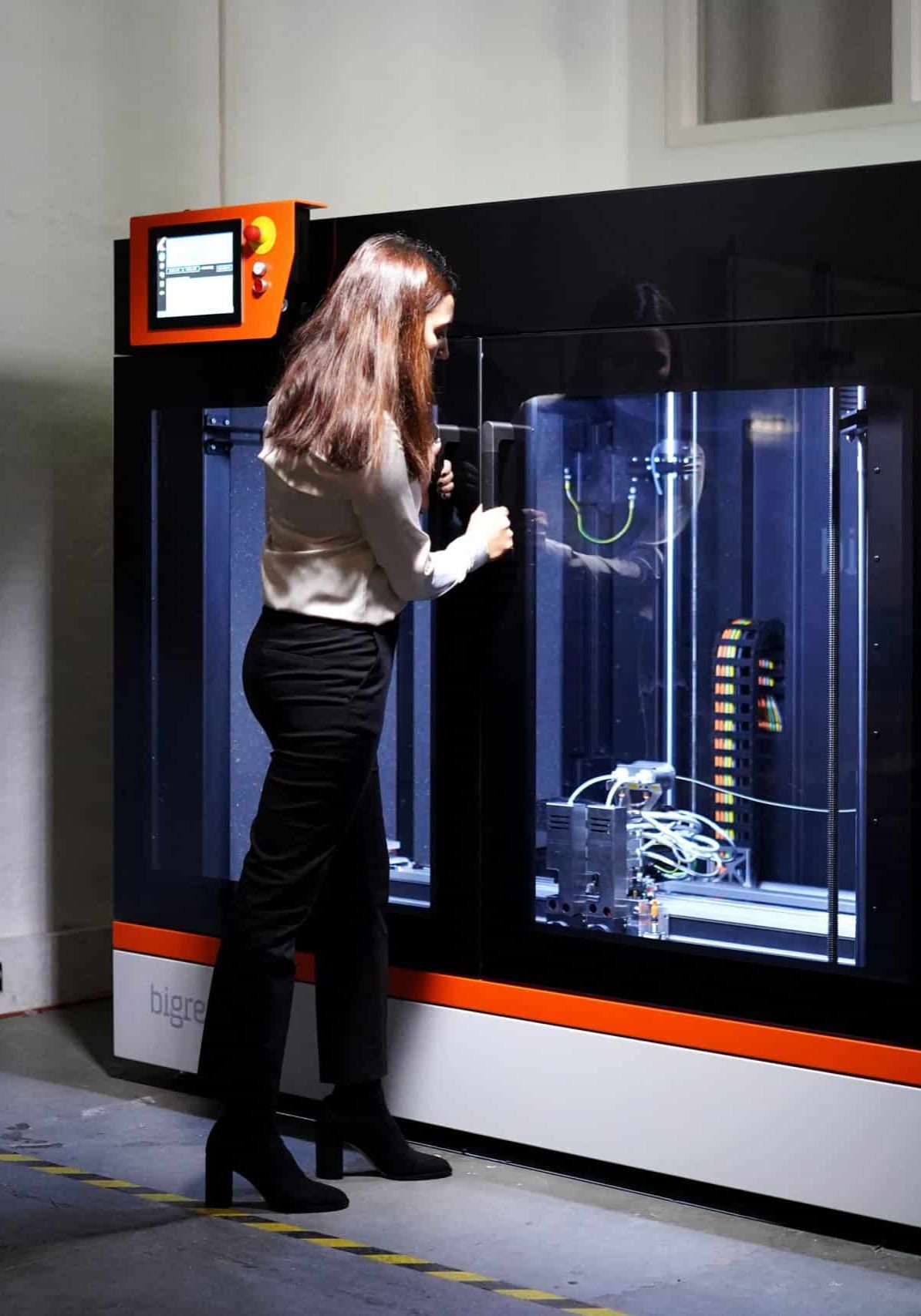
2. Reduces Downtime thereby Saving Money
Simply put, the more time that elapses between a part breaking down and its replacement being fitted, the higher the financial implication.
In this sense, traditional methods for purchasing and sourcing spare parts from external sources for industrial machinery can lead to extended periods of equipment downtime and lost productivity. Stocking replacement parts might be the obvious solution, but it comes with increased costs and additional logistics to purchase, store, and maintain the parts.
3D printing on-demand minimizes the disruption of the production process by being an immediate stand-in. This decreases the downtime and keeps the machinery moving, adhering to operation timelines. This results in positive financial implications for manufacturers within the aerospace and manufacturing sectors, who are ultimately looking for reliable solutions to unforeseeable machinery breakdowns.
3. On-Site Manufacturing is the Only Viable Option in Remote Locations
The ability to manufacture replacement solutions in any location is particularly appealing within the fields of defense and aerospace. In scenarios where on-site production is the only viable solution, for example, mountainous terrains, deserts, or at sea, having the ability to print replacement parts in-house is a game-changer. These locations are typically far from areas under operational coverage for geographical reasons, and the time for the part to arrive might be unpredictable or the logistics might be impossible.


4. Saves Time by Eliminating Traditional Production Steps
Where traditional manufacturing methods involve lengthy and often manual fabrication processes, 3D printing enables the direct production of parts from digital designs. This democratization of the manufacturing process skips the tooling process, reduces the dependency on skilled workers, and eliminates the maintenance of inventory and logistics. These steps in the time-consuming outdated process pile costs and 3D printing have the transformative power of directly printing on demand resulting in the economical production of spare parts.
5. Surrogate Tools for Operator Training
Time is money in most industries, and it rings particularly true in aerospace. The machinery, tools, and parts used in spacecraft and airplanes are often complicated, and operating or handling them requires training. With 3D-printed surrogate parts, they can learn how to effectively use machines before their arrival. This preemptive measure ensures accurate operational timelines, a crucial workflow addition to minimize the likelihood of inefficiencies during the production process.

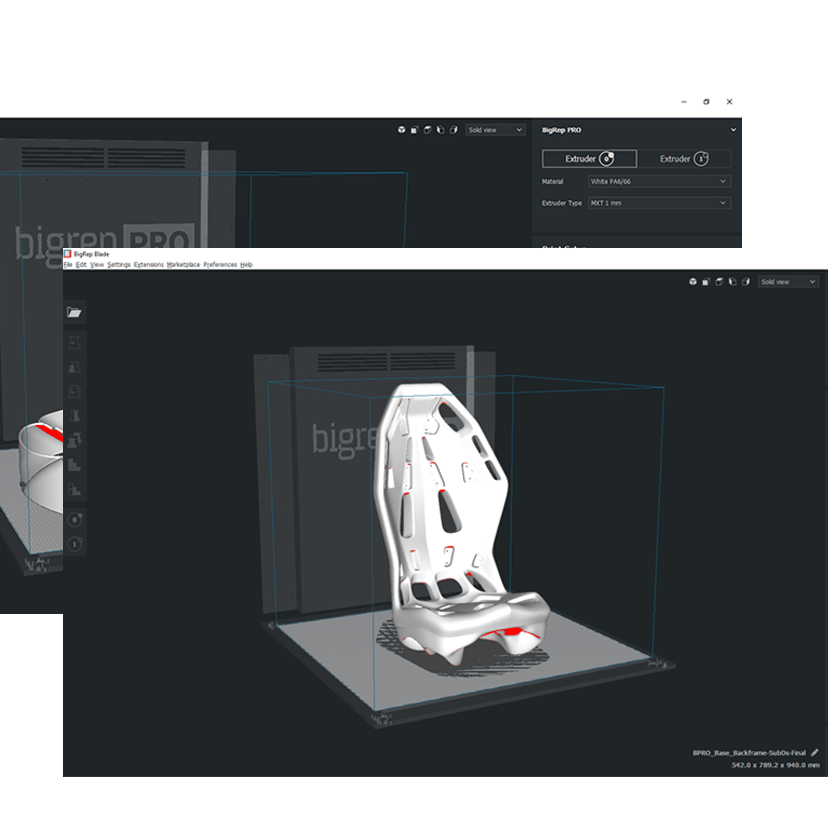
6. Digital Inventory Replaces Physical Inventory
Managing a physical inventory involves stocking up the approximate number of parts in the right environmental conditions by anticipating future needs. This may not always be a feasible option for spare parts as there are a lot of components involved in the production process that may break down. With 3D printing, the part design files are digital and can be transferred to any corner of the world and produced with a 3D printer. This digital optimization of inventory minimizes the effects of supply chain bottlenecks and potentially costly storage solutions.
7. Large-Scale Singular Prints Requiring no Assembly
Massive parts in airplanes and other aircraft demand large-scale MRO equipment. Traditional manufacturing processes often relied on the fabrication and assembly of multiple separate components which increased production time and the risk of assembly errors or inconsistencies. With 3D printing, the production of large, complex components in a range of materials, in a seamless integrated unit is second nature. By drawing on advantages such as accuracy, precision, and repeatability, the production of spare parts as fully assembled entities aids swift and cost-effective solutions.
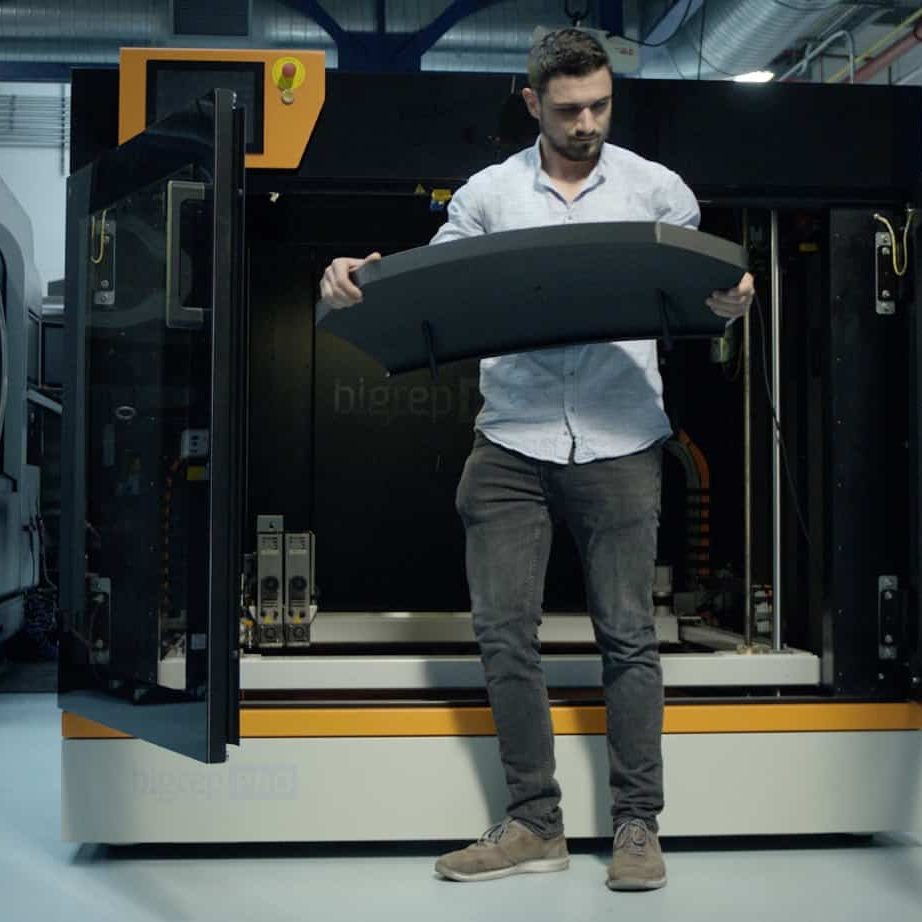
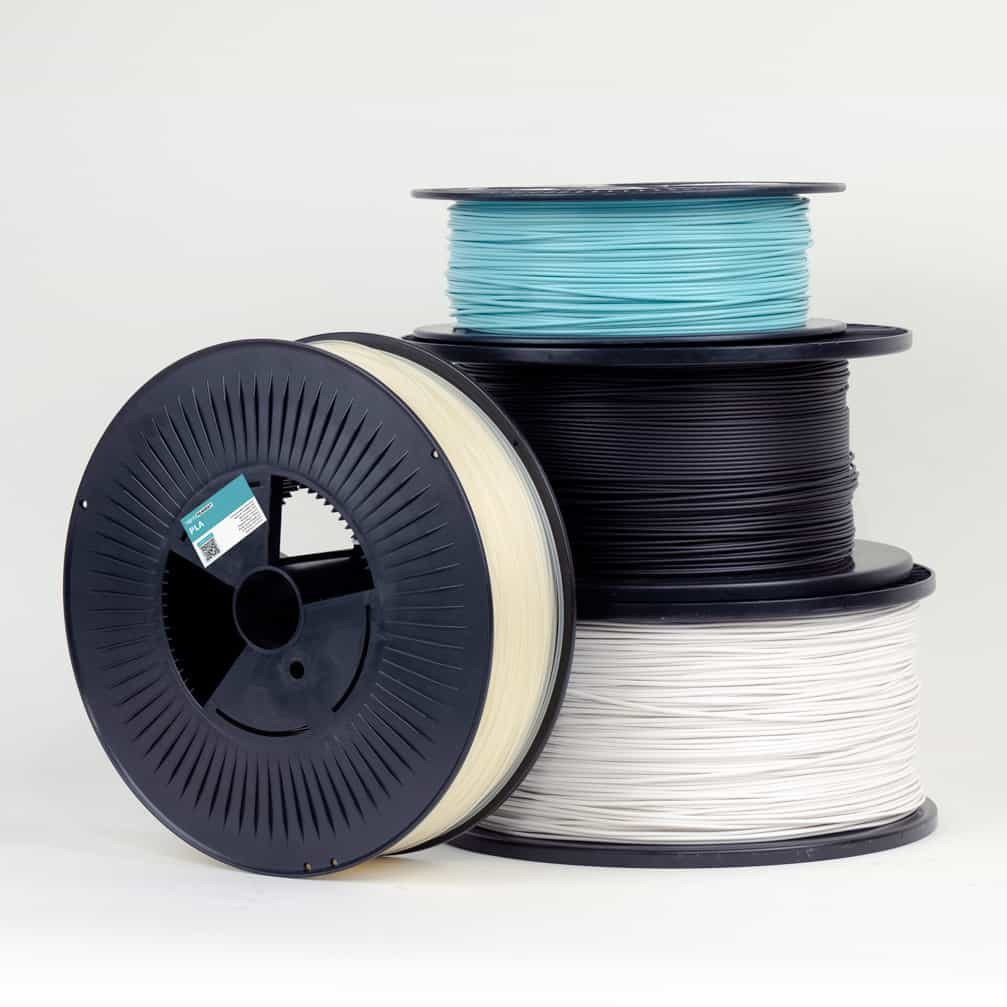
8. A Full-Spectrum of Industrial-Grade 3D Print Materials
From eco-friendly filaments made with recycled ocean waste to high-performing carbon fiber-reinforced materials suitable for aircraft components, there’s a wide range of materials that fit the bill for different spare parts and budgets. 3D printing offers the freedom to select the filament based on the specific function of the spare part. This allows for the choice of materials that best embody the physical, chemical, and structural properties needed for optimal performance. While not all industrial 3D printer manufacturers support 3rd party filaments, some of them like BigRep have open material platforms that cater to the user’s requirements, whether it is prioritizing high performance or cost-effectiveness.
Empowered In-House On-Demand Solutions
3D-printed spare parts have unlocked an agile, responsive, and adaptable localized production workflow which is vital for the aerospace and defense industries that demand highly individualized components that may not be readily available.
By printing spare parts on demand instead of storing them in inventory, these industries can significantly save time, reduce costs, and find reliable solutions internally till the permanent part is sourced. These developments have critical advantages for the day-to-day operation of machinery, especially in remote locations where self-sufficiency is essential.
Want to learn more about how Low-Volume Production Empowers the Aerospace and Defense Industry?
Register to download the eBook, From the Print Bed to the Sky: 3D Printing Aerospace-Grade Parts.
Discover how the aerospace and defense industry leverages 3D printing to deliver purpose-built, qualified tools to explore the skies and beyond.
In this eBook, we deep dive into:
- How 3D printed parts are instrumental in transforming the aerospace industry.
- The rigorous tests and certifications that validate the performance and safety of the 3D-printed parts.
- FEA analysis that helps build robust aerospace-grade parts.
- 3 use cases of aerospace industry giants that thought out of the box with 3D printing.
FROM THE PRINT BED TO THE SKY: 3D PRINTING AEROSPACE-GRADE PARTS
INDUSTRIAL QUALITY MEETS COST EFFICIENCY.
COMPLEX PARTS IN LARGE SCALE.
The BigRep PRO is a 1 m³ powerhouse 3D printer, built to take you from prototyping to production. It provides a highly scalable solution to manufacture end-use parts, factory tooling or more with high-performance, engineering-grade materials. Compared with other manufacturing and FFF printing solutions, the PRO can produce full-scale, accurate parts faster and at lower production costs.
INDUSTRIAL QUALITY MEETS COST EFFICIENCY.
COMPLEX PARTS IN LARGE SCALE.
The BigRep PRO is a 1 m³ powerhouse 3D printer, built to take you from prototyping to production. It provides a highly scalable solution to manufacture end-use parts, factory tooling or more with high-performance, engineering-grade materials. Compared with other manufacturing and FFF printing solutions, the PRO can produce full-scale, accurate parts faster and at lower production costs.
